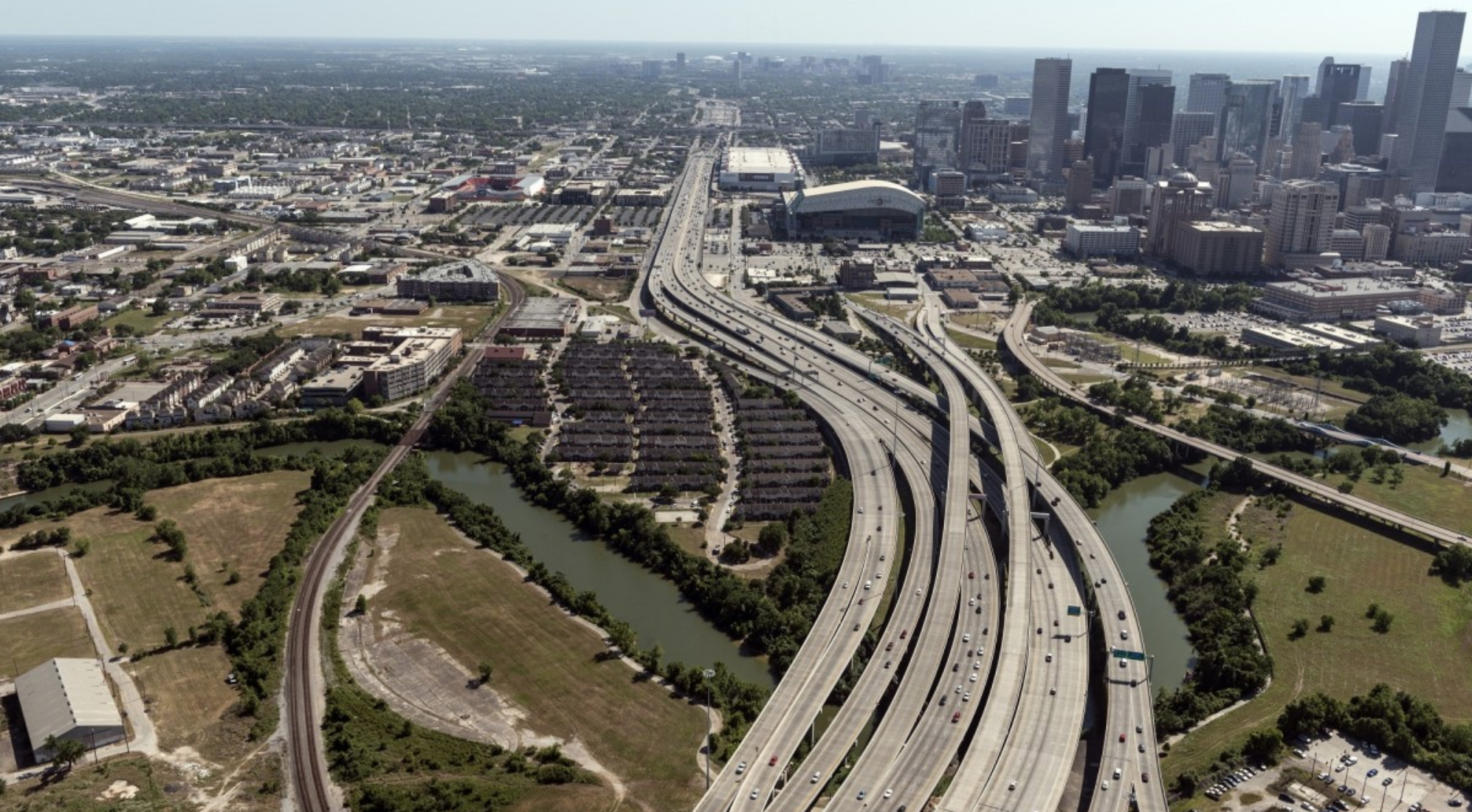Houston: A tale of two transportation systems

The average American currently drives nearly twice as far each day as they did 30 years ago. Taking a cursory look at two radically different transportation plans for Houston, TX shows how the default position of federal transportation policy is to increase driving—and consequently pollution—by offering billions to states to build new roads and make existing roads wider, while making transit projects wait in line or compete for much smaller amounts of funding.




